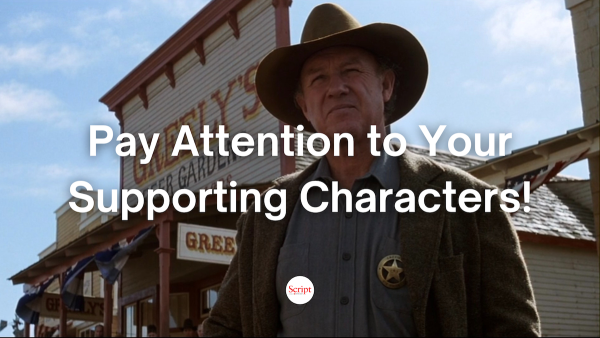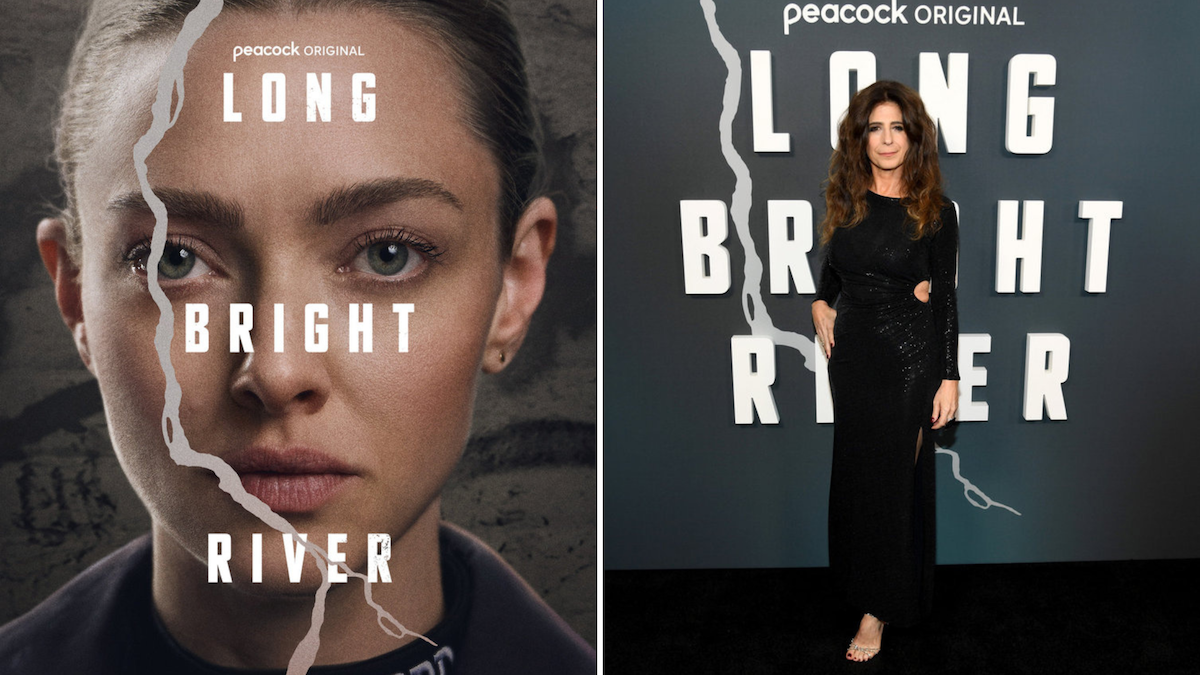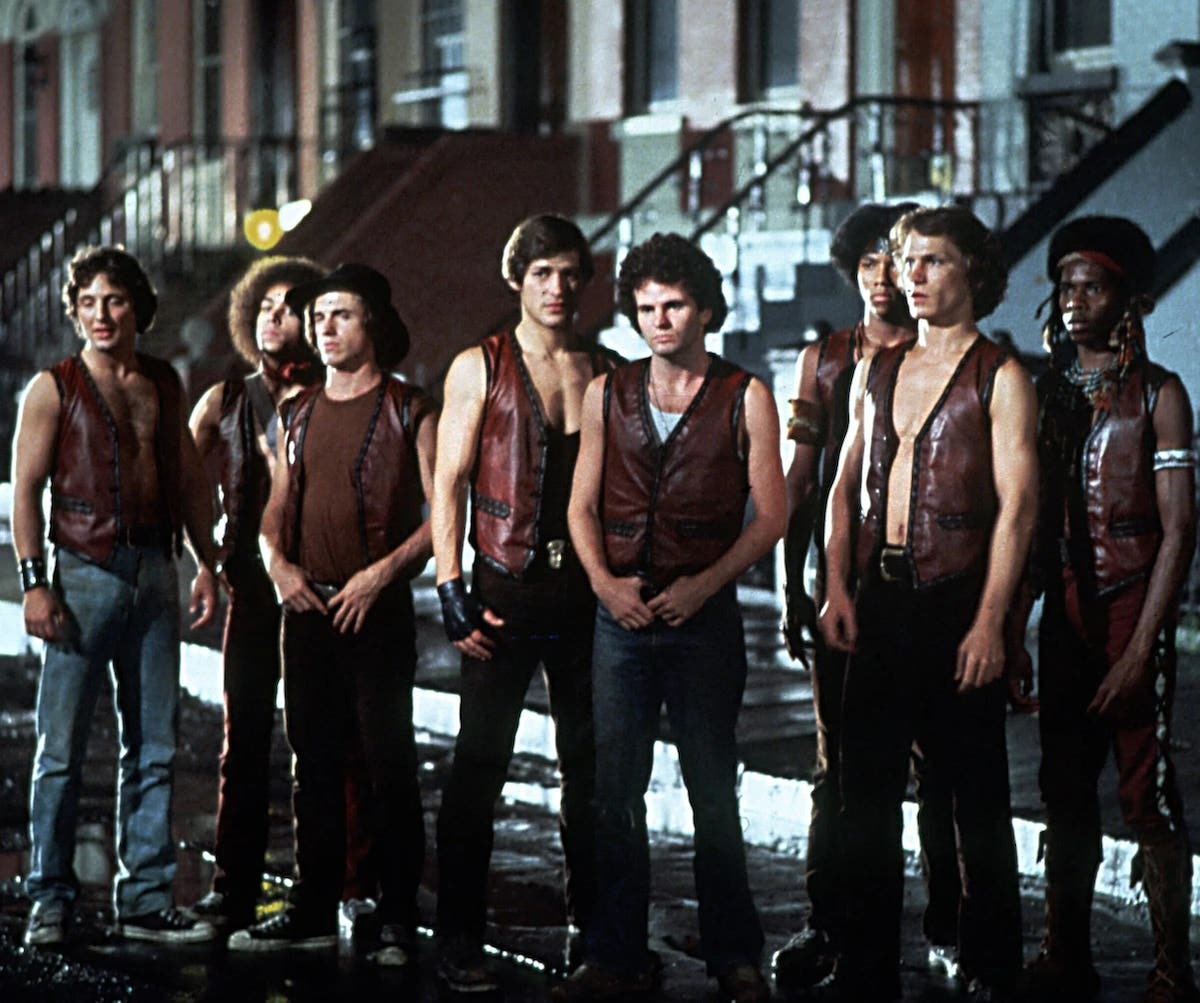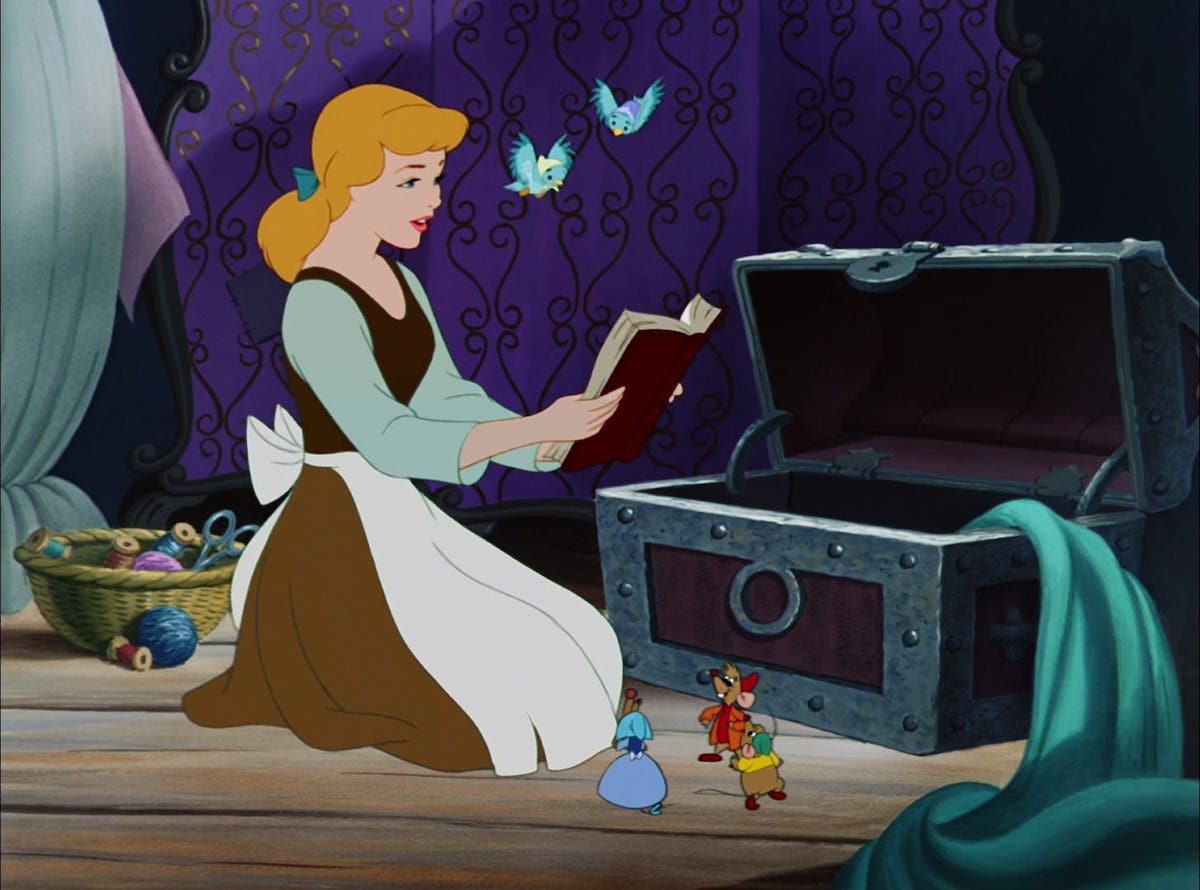Specs & The City: Subtext and ‘War of the Worlds’
By Brad Johnson Sometimes in life, you need to take a step back and reestablish exactly what you’re trying to accomplish. Screenwriting is about telling a story. We all know…
By Brad Johnson
Sometimes in life, you need to take a step back and reestablish exactly what you’re trying to accomplish. Screenwriting is about telling a story. We all know that. But sometimes, writers can get so caught up in what’s on the surface – script formatting, how much white is on the page, page count, etc. – that we forget about actually telling a compelling story. Trust me, a script that’s perfectly formatted but has a story that’s as shallow as a kiddie pool isn’t going to sell.
In this week’s column, I’d like to have everyone take a deep breath. Exhale. Feel better? Good. Now let’s take a look at one of the most important aspects of storytelling that’s also one of the most often ignored by beginning writers.
Subtext and ‘War of the Worlds’
Simply put, subtext is what allows your audience to read between the lines. Your characters may be saying one thing, but their actions, and their reactions to others, will shine a light on the reality of the situation. It’s an added layer of subtly that gives your work depth and makes your characters (and the world they inhabit) feel more real.
This isn’t to say that every “Hello” in your script has to have a double meaning; to paraphrase Sigmund Freud, sometimes it’s okay for a cigar to just be a cigar. But in a visual medium, it’s a good rule of thumb to have as much of your dialogue as possible have two meanings – the literal meaning of the words being spoken, and the non-verbal meaning laying just below the surface.
Take a look at this brief scene from Steven Spielberg’s War of the Worlds (written by Josh Friedman and David Koepp).
RAY
Here we go. Some nice peanut butter sandwiches.
Rachel looks at him spreading the sandwiches, obviously masking frustration.
RACHEL
I’m allergic to peanut butter.
Ray, surprised, continues to spread the peanut butter.
RAY
Since when?
Beat.
RACHEL
Birth.
What makes this a perfect little scene for me is twofold. First, not only does the dialogue have the meaning of the text – that it’s time for Ray to prepare food for the kids, and that Rachel is allergic to peanut butter – it also has the layer of subtext that Ray isn’t a very good father and hasn’t been in his children’s lives much. It’s never spoken, but it’s right there. And second, the subtext of the scene also connects us directly to Ray’s internal character arc. While the plot is about surviving the alien invasion, Ray’s internal arc is about becoming a better man; a better father; of finally being there for his children.
If we weren’t sure of this theme before, this scene clearly and efficiently sets it up for the audience.
That’s all from four lines of dialogue that are jam packed with multiple layers of meaning for the characters and have importance for the plot. Go back through your script. Read each line of dialogue and ask yourself what purpose it’s serving. Is there a way you could tweak that line to give it an extra layer of meaning? It’s the difference between someone saying “I’m so mad at you right now” and saying “I’m fine” before slamming the door and walking off, and it can make all the difference in your script.
Until next week, stay away from crazy-eyed Tim Robbins during an alien invasion… and keep writing.
Related Articles:
- More Specs & The City articles by Brad Johnson
- Why Scripts Fail: No Backstory Through Subtext, Part 1
- Story Talk: I'm Talented, Dammit! Why Can't I Sell Anything?
Tools to Help:
Brad Johnson is a screenwriter and producer who has placed in multiple competitions including Final Draft Big Break and the Walt Disney Television Writing Program. He has served as a judge for the Nashville Film Festival and the NYC Midnight Short Screenplay Challenge, and worked as a script consultant through his website, ReadWatchWrite.com. You can follow Brad on Twitter @RWWFilm.





